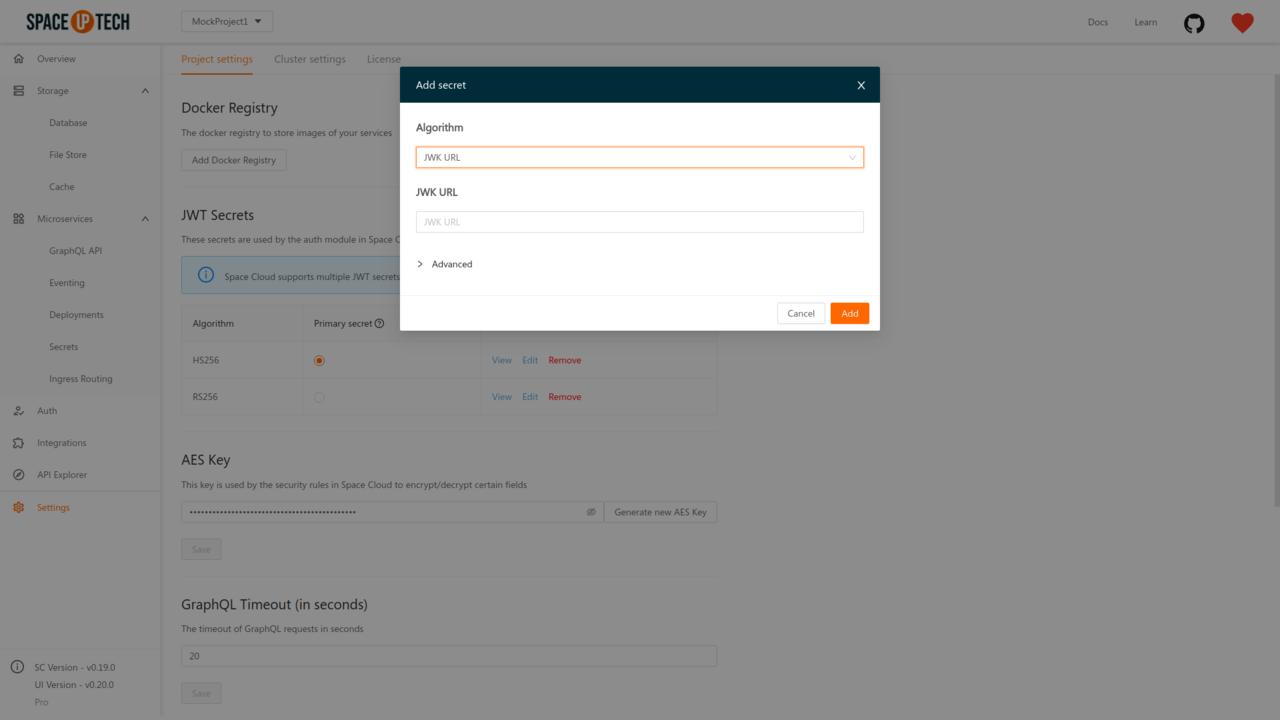

Proxy_cache_path /var/cache/nginx levels=1:2 keys_zone=mytool:10m max_size=22000g inactive=180d Proxy_set_header X-mytool-Cache-Host $scheme://$host Proxy_set_header X-Forwarded-For $proxy_add_x_forwarded_for '$upstream_cache_status "$request" "$http_user_agent"' (from S3) This is in a background: url context.
FIREBASE PRIVATE CACHE FULL
Here is what a full request for a cached asset looks like on my network tab, when the asset returns 304 Not Modified from the validation request. If the sense of "don't cache" that you want is actually "don't store", To store a response but requires them to revalidate it before reuse. Note that no-cache does not mean "don't cache". It does this by requiring caches to revalidate each request with Updates while reusing stored content, no-cache is the directive to If you want caches to always check for content Server before each reuse, even when the cache is disconnected from the Stored in caches, but the response must be validated with the origin The no-cache response directive indicates that the response can be The reason you're seeing a network request is probably because you're using the Cache-Control: no-cache header in your request. It is possible to "pin" an instance while a certain block executes, but this is mostly intended when interfacing with native functions and not in a context of performance optimization. So there is also no guarantee that the same instance will always end up in the same cache line. The garbage collector is allowed to move instances around to compact the heap, and it will do this quite often. Note also that the address of a managed instance (whether a class or a struct) can change at runtime. That will also depend on the size and organisation of the cache. But there's no guarantee that the individual entries are really distributed over cache lines. If you create an array of a struct, each entry has the size of the struct, and if that is large enough, you could get what you want. Structs are value types and work pretty much the same as in C++. It is possible to control the size and alignment of structs (and of the fields within them).

You can't even get the size of a class instance in memory. No, you can't control the alignment or memory location of classes (reference types).


 0 kommentar(er)
0 kommentar(er)
